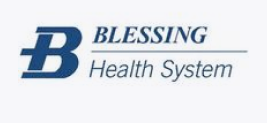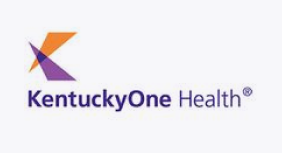May 5, 2022
How Outpatient Pharmacies Affect Employee Benefit Costs

More and more hospitals and health systems are considering building in-house outpatient pharmacies to combat rising costs, adherence issues and management issues surrounding their employee benefit costs while improving care, convenience and cost for employees as well. And while health systems are finding significant benefits when it comes to offering outpatient pharmacy services, success depends on proper planning.
Cost/Benefit Analysis
Before starting an outpatient pharmacy at your health care organization, it is important to conduct a cost/benefit analysis. Building an outpatient pharmacy has the potential to help hospitals save eight to 12 percent on the buy side. In addition, employees are more likely to stick to therapy plans if they have a convenient and cost-effective location to fill their prescriptions. Healthier employees means happier, more productive employees. Plus, healthier employees means less sick leave. All of these together can directly affect your bottom line.
Outpatient Pharmacy Strategies
Planning to implement an outpatient pharmacy is a daunting task. In addition to determining cost, location, size and profitability, hospitals need to identify target populations. For example, a 340B eligible hospital will need to identify patients that are underinsured, uninsured or low-income that fit their 340B discount qualifications.
Pharmacy benefit managers (PBMs) can play a critical role in administering pharmacy benefits on behalf of employer-sponsored plans. Your hospital’s plans should include partnering with a PBM.
Building an in-house outpatient pharmacy can have major benefits for both the hospital, and its employees.











